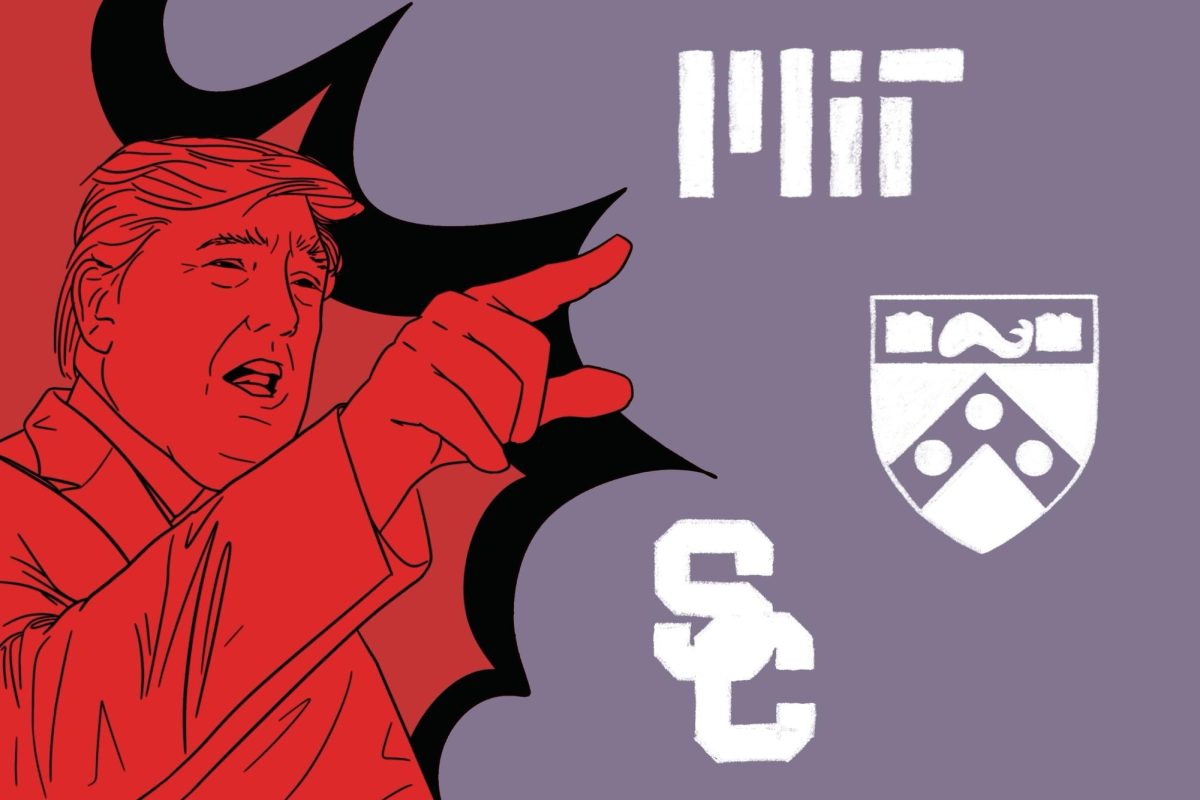Researchers from NYU’s Robert F. Wagner School of Public Service found that more selective U.S. universities have a significantly smaller gender gap in physics, engineering and computer science programs. While these fields average a 4:1 male-to-female student ratio, the divide has narrowed at institutions with “high-achieving students” and widened at others.
Researchers analyzed over 34 million bachelor’s degrees from 2002 to 2022 and their respective institution’s selectivity, defined by average math SAT score, admissions rate and yield rate. The researchers — Joseph Cimpian, a professor at NYU Steinhardt and Wagner, and Jo King, a doctoral candidate at Wagner — evaluated how selective and nonselective universities’ gender ratios compare to nationwide averages.
While some STEM subjects, such as biology and chemistry, had about a 1:1 male-to-female ratio across all institutions, this was not consistent in physics, engineering and computer science — a category also known as PECS. At selective institutions, the male-to-female ratio in PECS was 2.2:1 in 2002 and decreased to 1.5:1 in 2022. The gap was significantly wider at less selective institutions, where the ratio was 3.5:1 in 2002 and grew to 7.1:1 in 2022.
“What is surprising about this is that it’s becoming worse over time,” Cimpian said in an interview with WSN. “We see that the top institutions have only gotten better in terms of gender balance, and the less selective institutions have gotten much worse over time.”
Cimpian detailed that a male students are more likely to switch into a PECS program sometime during their university experience, regardless of math and reading performance. He said that even adjusting for differences in youth male and female interests, the rates were still disproportionate.
Within PECS, physics consistently saw a smaller gender gap over the two decades, while engineering consistently saw a much larger one. Computer science saw the most significant shift, with a more even gender ratio at more selective schools and a starker divide at less selective ones. Cimpian noted that while there are other discrepancies in education, such as women being more likely to attend liberal arts or state schools, adjusting for these also did not change the overall trend.
“We just can’t explain it, with all the theories out there right now,” Cimpian said. “It’s humbling to us, as researchers and as scientists, to say that we don’t really know.”
In the study, Cimpian and King said they aimed to better understand why women are overrepresented in STEM fields like life sciences and psychology but underrepresented in PECS. They said the results indicated a cycle of inequity in higher education, because highly selective institutions have more resources to recruit students into PECS programs, while nonselective institutions are less likely to attract and retain women in these fields.
The authors detailed that jobs in PECS generally pay more, meaning that women would benefit financially from more involvement in PECS programs. They suggested schools combat this with improved recruitment and retention, and by creating more specific opportunities for female students in PECS.
Cimpian and King add that less-selective universities often face barriers in creating such opportunities. Last year, half of the federal funds awarded to university research went to the 20% most selective institutions, leading to unequal funding distribution across schools with the largest gender gaps. They suggested that cross-university partnerships and more female professors and mentorships could support keeping women in PECS, citing that research experiences traditionally correlate with higher retention rates.
Peter Littlewood, chair of the physics department at the University of Chicago, told WSN he was surprised by the study’s findings because he felt female participation in PECS fields has become stagnant in recent years. He suggested that universities prioritize even ratios during their recruitment process, adding that women are “disproportionately admitted” to humanities and social science programs.
“We’re starting to ask the hard questions about how those admissions decisions get made,” Littlewood said.
Cimpian said that he hopes to continue researching what social pressures and barriers deter women from pursuing PECS majors, and how this can be addressed at less selective institutions. At the end of the study, he and King said that future research on 2-year versus 4-year universities, as well as on professors’ genders and mentoring roles, will allow sociologists to further define actionable items for policymakers.
“The women who are attending these more selective institutions are rising in terms of representation,” Cimpian said. “I think we will be seeing changes coming up with the innovations and who is being a leader in the field.”
Contact Maggie Turner at [email protected].


























































































































































